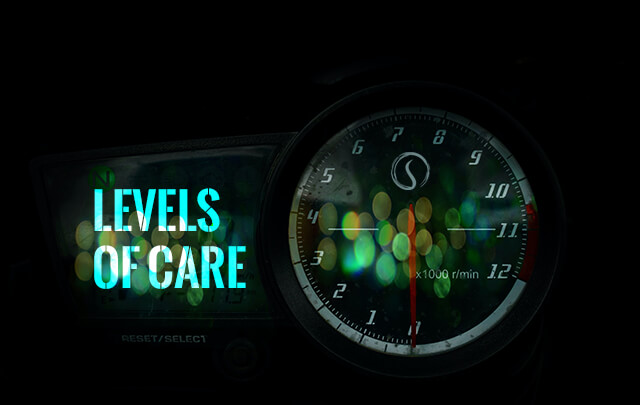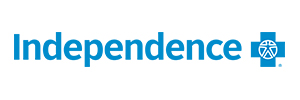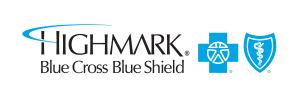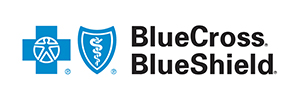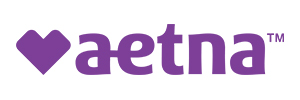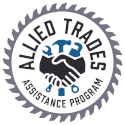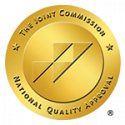Drug and alcohol abuse are serious issues that lead to hundreds of billions of dollars in lost revenue, crime, and healthcare costs each year. Are you or someone you love struggling with a substance abuse issue? Are you unsure about which type of addiction treatment you (or they) need?
If you don’t know where to begin or what kind of treatment to look for, don’t just type in “drug rehab near me” and hope for the best. Read on to learn about the five levels of care for those struggling with substance abuse. This information will help you decide what kind of care you need and learn what you can expect when you enter treatment.
1. Detox
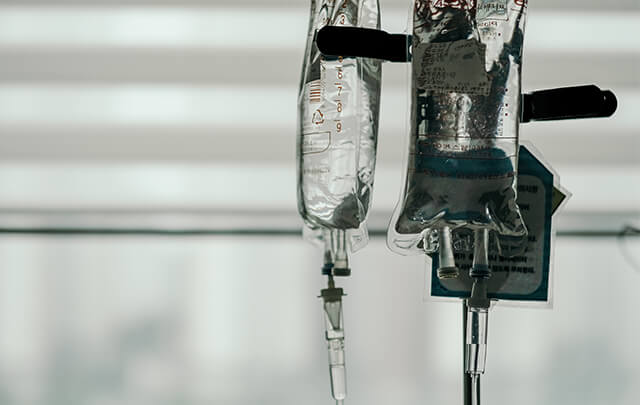
Detox is the first level of drug treatment. Before someone can move on to the other phases and start addressing the issues that contributed to their addiction, they first need to go through a detox period.
Whether it’s an alcohol detox, opiate detox, heroin detox, or any other kind of detox, this first phase is the most intensive level of care. It can take place at a hospital, but some drug treatment facilities also have detox centers available.
During the detox phase, patients receive round-the-clock supervision from medical professionals and other licensed staff members. This constant supervision is essential to the individual’s health and safety.
What Happens During Detox?
Detox can be a scary and difficult time for most people. They may feel scared and alone, and they will likely experience a wide range of symptoms, including the following:
- Anxiety and panic attacks
- Tremors
- Poor concentration
- Short-term memory loss
- Mood swings and irritability
- Sleep disturbances
- Headaches
- Heartbeat irregularities
- Profuse sweating
- Nausea and other digestive issues
- Muscle pain
- Elevated blood pressure
Going through these withdrawal symptoms alone is difficult and dangerous. Having constant access to medical professionals, as well as medications and other treatment tools that can minimize the severity of one’s symptoms, makes the process safer and easier, though.
The length of the detox period varies from person to person and depends on a lot of factors, including their drug of choice and the length of time they were using it. Most of the time, though, the detox phase of treatment lasts somewhere between three and ten days.
It’s important to note that, after these 3-10 (on average) days, a person’s withdrawal and detox symptoms will not have gone away completely. However, they will be more manageable, and the individual will likely be ready to progress to the next level of treatment. The goal of the detox phase is to get the person medically stabilized so they can continue with their treatment.
2. Inpatient

Once they’ve gone through the detox phase, the ideal transition is to an inpatient care program (sometimes referred to as residential treatment). Inpatient addiction treatment requires that a person lives full-time at a treatment facility (often for 30-60 days, although some programs are shorter are longer). While at the treatment facility, they still have round-the-clock access to medical professionals and staff members.
Inpatient treatment is considered most appropriate for those who have functional deficits. This might include limited or impaired physical or cognitive abilities, as well as certain mental health conditions.
Inpatient treatment can also be a viable option for those who need to stay in a stable living space while they work toward sobriety. If they (or their loved ones) worry about being surrounded by triggers at home, inpatient treatment is a wise choice. They might also choose this option if they’ve tried other types of treatment in the past and have not seen success.
As part of an inpatient program, those struggling with addiction will have easy access to medical care and resources to help with their withdrawal symptoms. They will also have the ability to attend therapy sessions and workshops to help them begin addressing the roots of their addiction and start learning healthier coping mechanisms that they can turn to instead of drugs or alcohol in times of stress.
3. Partial Hospitalization Program (PHP)

A step down in intensity from inpatient addiction treatment is a partial hospitalization program (or PHP for short).
This type of treatment is sometimes referred to as a day program. It provides individuals with access to intensive treatment without requiring them to stay in the facility overnight. It allows you to receive the care you need while still enjoying a certain amount of freedom so that you don’t have to put your life entirely on hold.
PHP treatment is considered a useful option for many substance abuse disorders. It can also be helpful for those who are struggling with mental illnesses. PHP treatment may be provided through a drug and alcohol rehab center, or it may be offered through a hospital that also provides inpatient, outpatient, and other treatment programs.
On average, people going through this type of treatment receive about six hours of treatment per day for up to five days per week. The total length of time that you’ll stay in a partial hospitalization program depends on a lot of factors, including the severity of your symptoms and a treatment professional’s assessment of your progress. In general, most treatment programs last a minimum of 90 days.
As part of a partial hospitalization program, you’ll receive medical monitoring while you’re in the treatment facility. You’ll also have a chance to participate in a wide range of evidence-based therapies. Such treatment includes things like cognitive-behavioral therapy, group counseling, and mindfulness practices.
4. Intensive Outpatient (IOP)

A step down in intensity (although certainly not in the quality of care) from PHP treatment is intensive outpatient (or IOP for short) treatment.
Intensive outpatient treatment, which we offer at our New Jersey drug treatment center and Pennsylvania drug treatment center, is similar to PHP treatment. It gives people a chance to receive treatment during the day while still having the freedom to go about their business and stay in their own home (or in the home of a loved one) at night. The program is a bit less concentrated than a partial hospitalization program, though, and requires less treatment per week.
On average, folks who participate in intensive outpatient programs receive a minimum of nine hours of treatment each week. As with other treatment programs, the exact duration will vary depending on the severity of your symptoms and an expert’s assessment of your progress. On average, though, most people spend a minimum of 90 days in this type of program.
In IOP treatment, the primary focus is on preventing relapse, helping individuals to create secure social support networks, and teaching them how they can deal with triggers in effective and appropriate ways. Some people begin their treatment in IOP. They may also transition to this type of program after they’ve completed a partial hospitalization or residential program.
5. Outpatient (OP)

Finally, the last level of addiction treatment is outpatient treatment (or OP for short). OP is the least strict of the options outlined in the article. It requires that an individual attend meetings at regular intervals to work face-to-face with addiction and mental health professionals.
The good thing about outpatient treatment is that it provides those struggling with addiction with a great deal of freedom. It allows addicts to continue with their routine while still having access to the care they need. Outpatient substance abuse treatment is a good option for those who have a steady job or a robust at-home support system. It’s often more affordable than other treatment options, too.
Because OP offers a lot of freedom, it’s not a good fit for everyone, at least not right away. Many people work their way up to outpatient treatment after they’ve completed the other levels of treatment discussed above, and the professionals with whom they’ve been working have deemed them ready for a less stringent type of drug treatment.
On the other hand, some people start with outpatient therapy and use it as a stepping stone to more comprehensive programs. The idea of residential or PHP treatment might seem like too much at first. After going through outpatient treatment, though, a person might find that they need a higher level of care and will benefit more from a different type of treatment.
An outpatient treatment program lasts a minimum of 90 days in most cases. However, some people will spend much longer receiving this level of treatment.
Before beginning to take part in OP, an individual will be evaluated by a professional and assessed to determine which specific therapies and programs will be most helpful to them. This might include individual counseling, group counseling, or mindfulness-based programs (or a combination of the three).
Which Type of Addiction Treatment Is Right for You or Your Loved One?
There are many different levels of substance abuse treatment. Now that you know more about what each one entails, do you have a clearer idea of what you or your loved one needs?
Keep the information outlined above in mind, especially as you begin typing in searches for “drug treatment near me” or “drug & alcohol treatment near me.” No matter what alcohol or drug rehab center you choose, make sure they offer the level of care that best aligns with your unique needs.
If you’re looking for a Pennsylvania substance abuse treatment center or New Jersey substance abuse treatment center that offers comprehensive care, contact us today to learn more about Sobriety Solutions and our admissions process.

